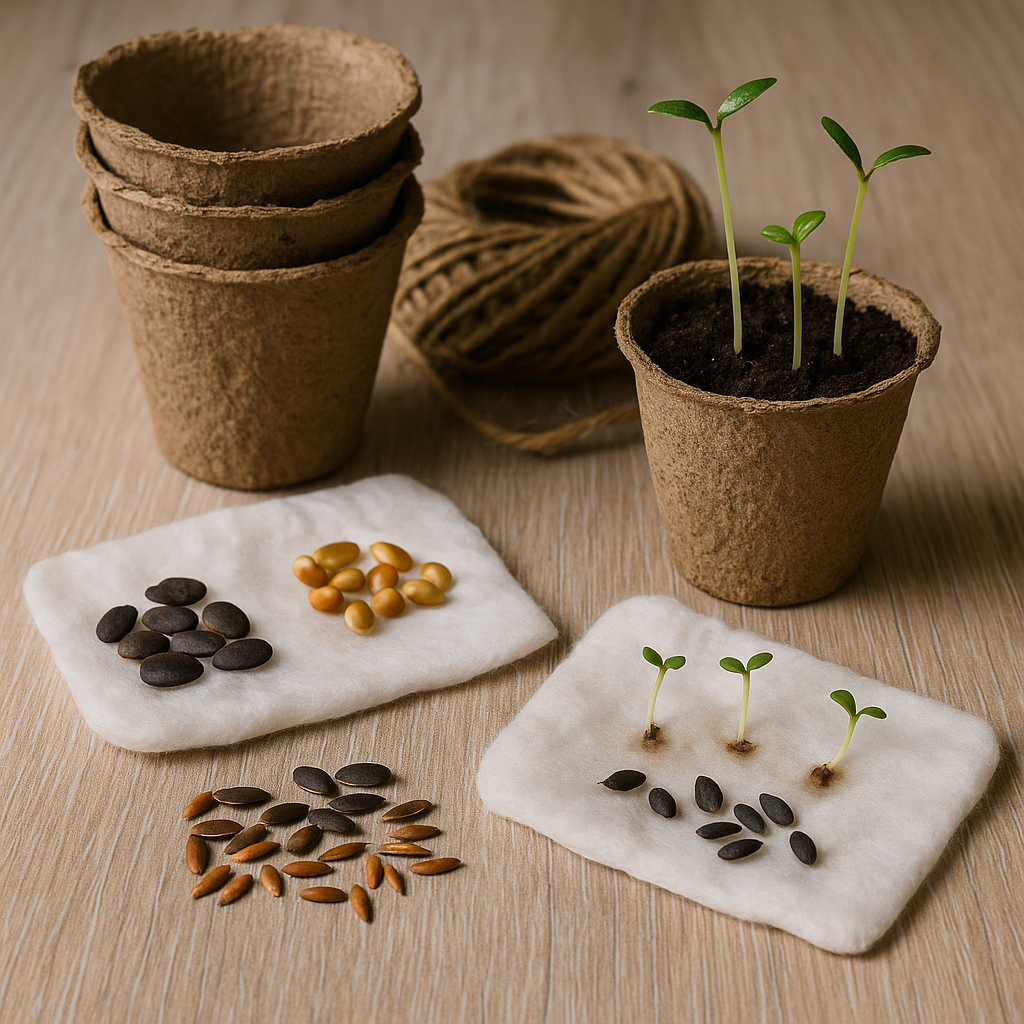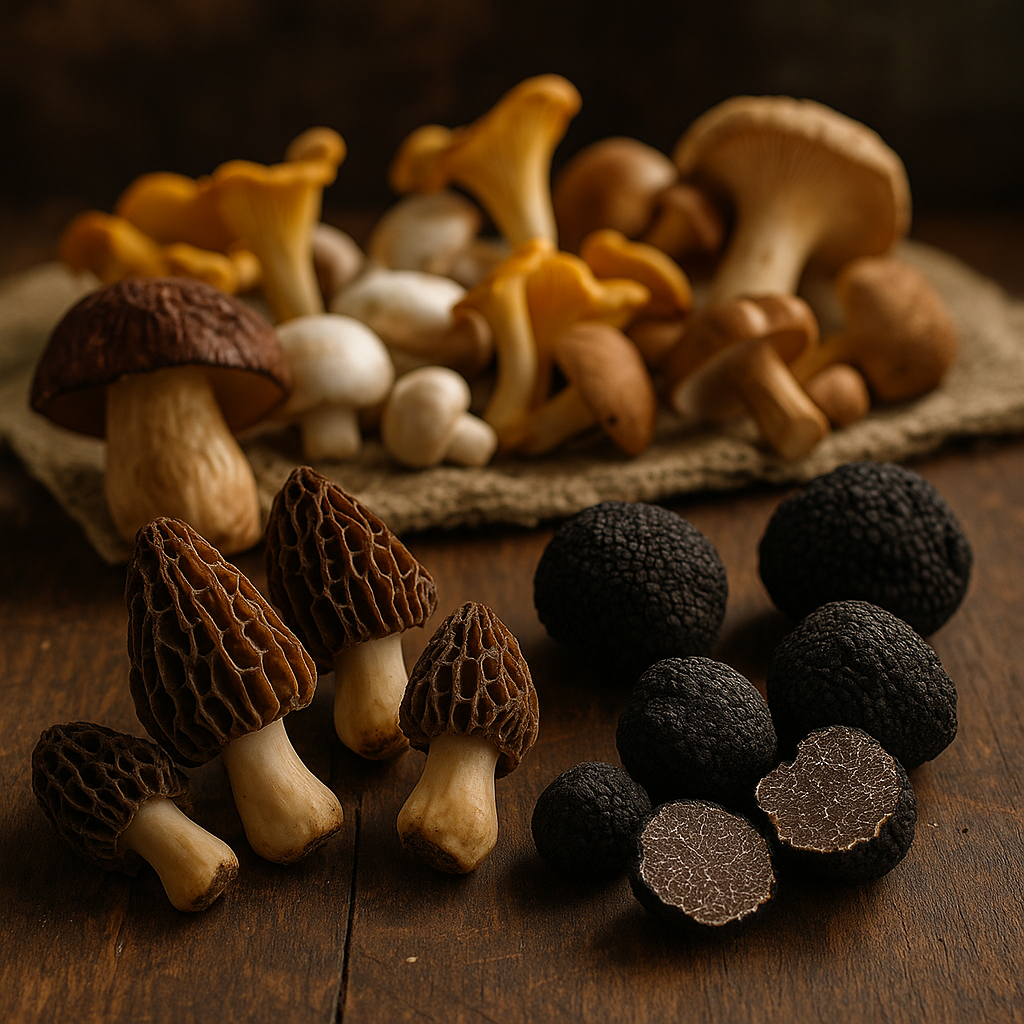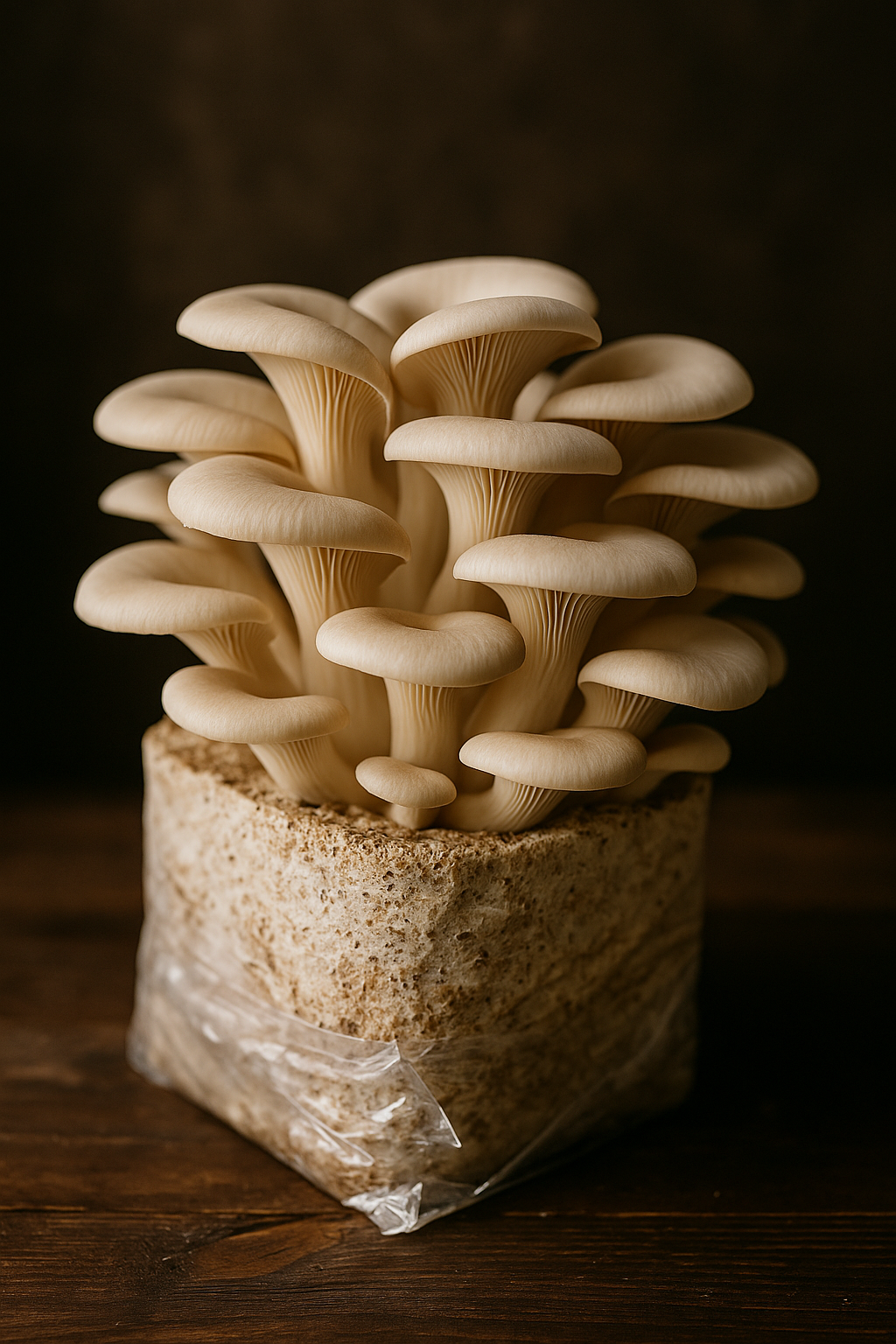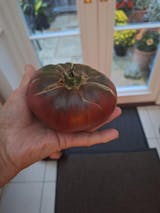❄️ Cold stratification: why and how to germinate your seeds?
🌱 Introduction
Some seeds need to go through winter before waking up. It is a natural protection mechanism: without this cold period, they remain dormant.
Cold stratification consists of mimicking winter to trigger germination.
At SemiSauvage Permaculture, several varieties of perennials, flowers, and trees require this simple but essential treatment to ensure good germination.
🌿 1. What is cold stratification?
Cold stratification consists of exposing seeds to a period of moist cold (around 4°C), as in nature when they fall to the ground in autumn, go through winter, then germinate in spring.
Some seeds have a thick coat or chemical inhibitors that prevent them from germinating too early. The cold "prepares" them to sprout at the right time.
🌳 2. Seeds requiring stratification
Here are some examples of varieties that require cold stratification:
🌲 Trees and shrubs
-
Common Hazel
-
Pedunculate Oak
-
Field Maple
-
Hawthorn
-
Rowan
🌿 Perennial and medicinal plants
🌸 Flowers requiring cold
🧊 3. Method 1: fridge stratification (indoor)
Necessary materials:
-
A zip bag or a small airtight pot
-
Sand, vermiculite, or a damp paper towel
-
A refrigerator (about 4°C)
Steps:
-
Mix the seeds with a slightly moistened substrate.
-
Place them in a bag or an airtight container.
-
Label with the date and variety name.
-
Leave them in the refrigerator 3 to 12 weeks depending on the species.
-
Check regularly: some seeds germinate directly in the bag.
-
Replant as soon as a radicle appears or at the end of the cold period.
🌿 4. Method 2: natural stratification (outdoor)
The simplest method: imitate nature.
How to do:
-
Sow the seeds in deep pots or directly in the ground in autumn.
-
Cover with a fine mulch to protect from evaporation.
-
Let winter do its work.
-
Germination will naturally occur in spring.
⏳ 5. How long to stratify?
| Plant type | Average duration |
|---|---|
| Medicinal plants | 3 to 6 weeks |
| Tree seeds | 8 to 12 weeks |
| Perennial flowers | 4 to 6 weeks |
Always check the exact duration on the seed packet.
⚠️ 6. Mistakes to avoid
-
Too much moisture → risk of mold
-
Forgetting to check germination during the cold period
-
Using a compact and poorly drained substrate
-
Taking seeds out too early or exposing them to sudden temperature changes
🎉 Conclusion
Cold stratification is simple, natural, and effective.
By applying it, you respect the biological rhythm of the plant and increase your chances of success.
Whether for your trees, flowers or medicinal plants, the patience of winter will offer you a generous spring.
🌿 SemiSauvage Permaculture – Let's sow biodiversity.





Leave a comment
This site is protected by hCaptcha and the hCaptcha Privacy Policy and Terms of Service apply.